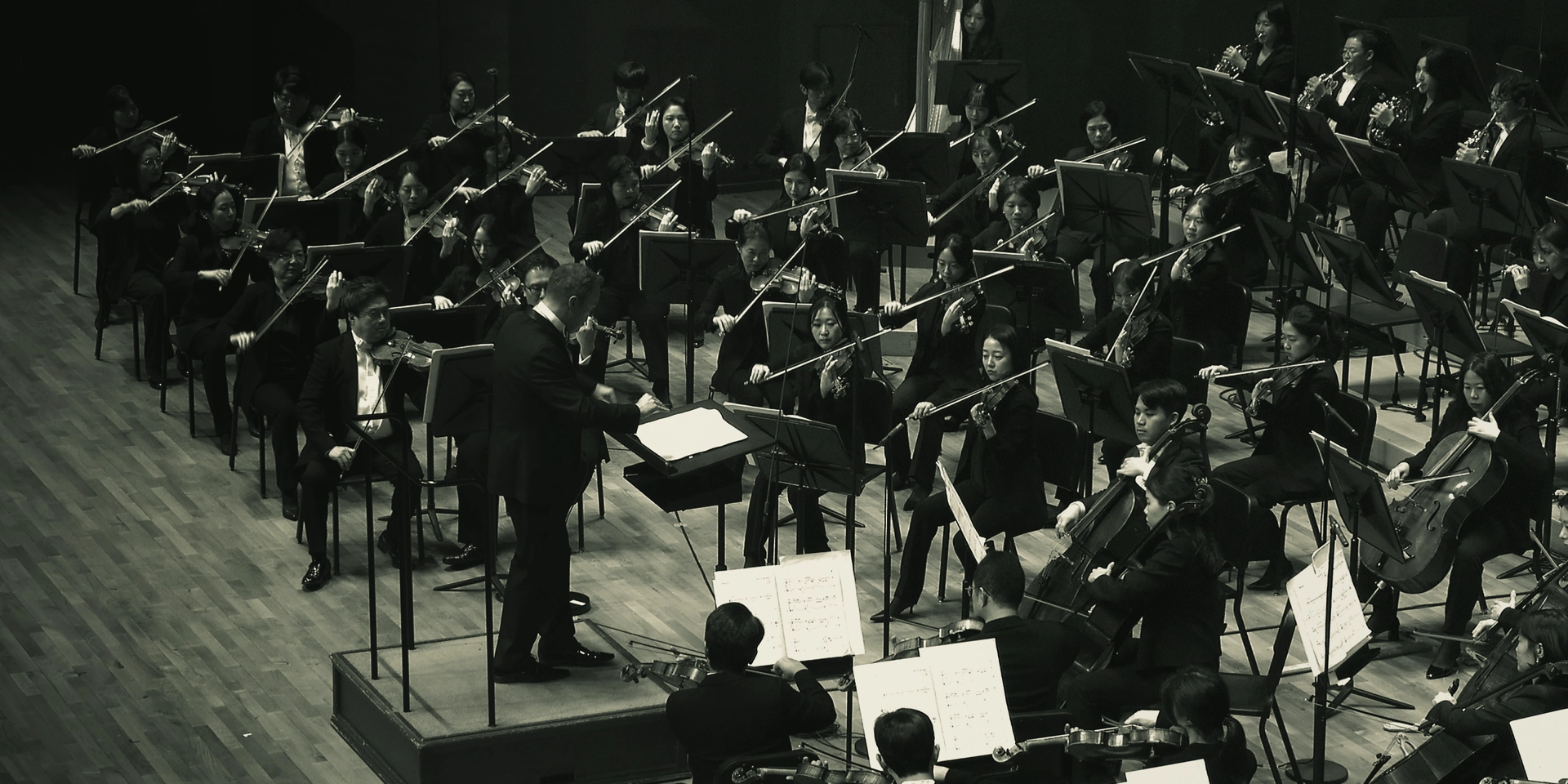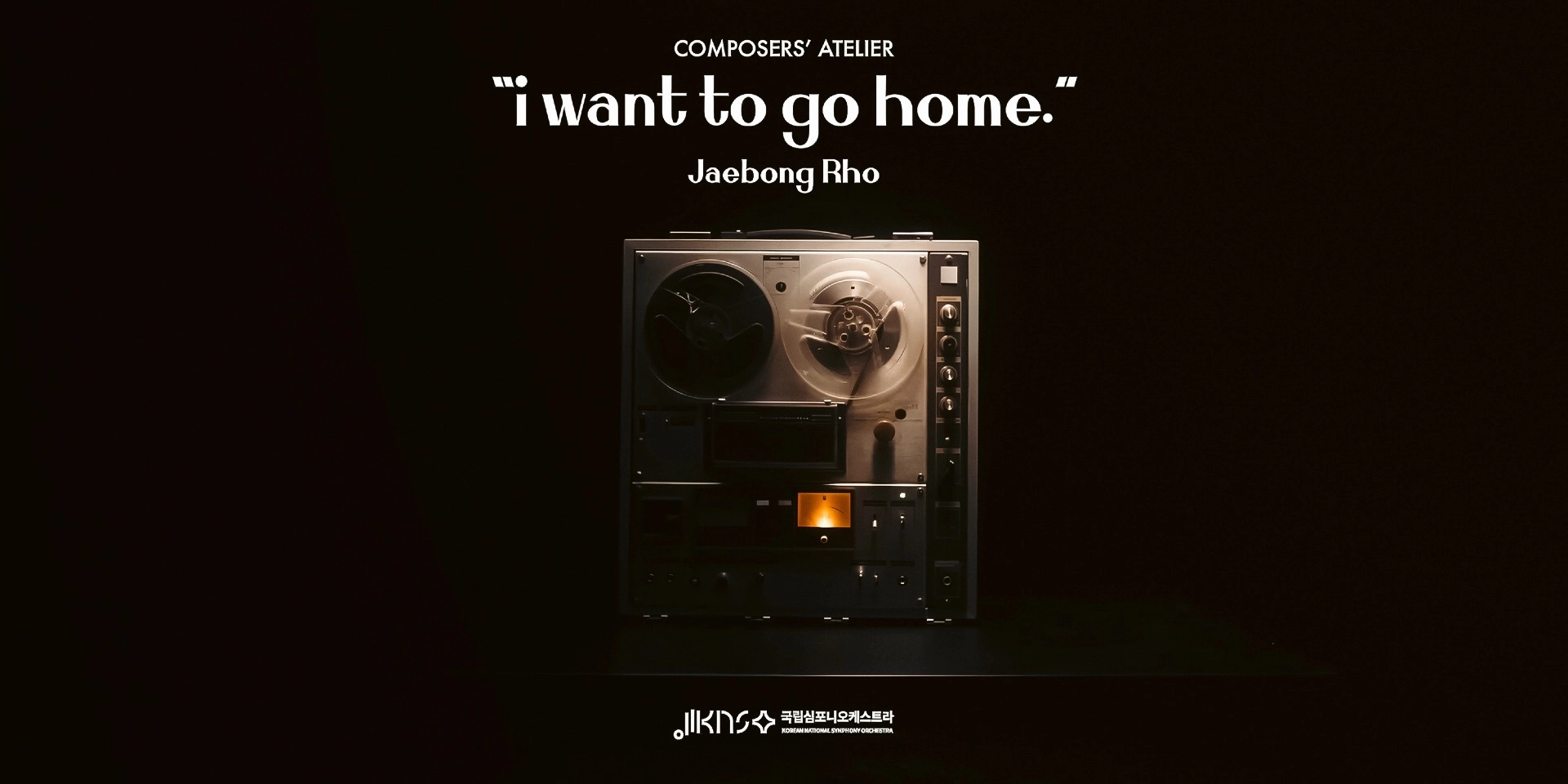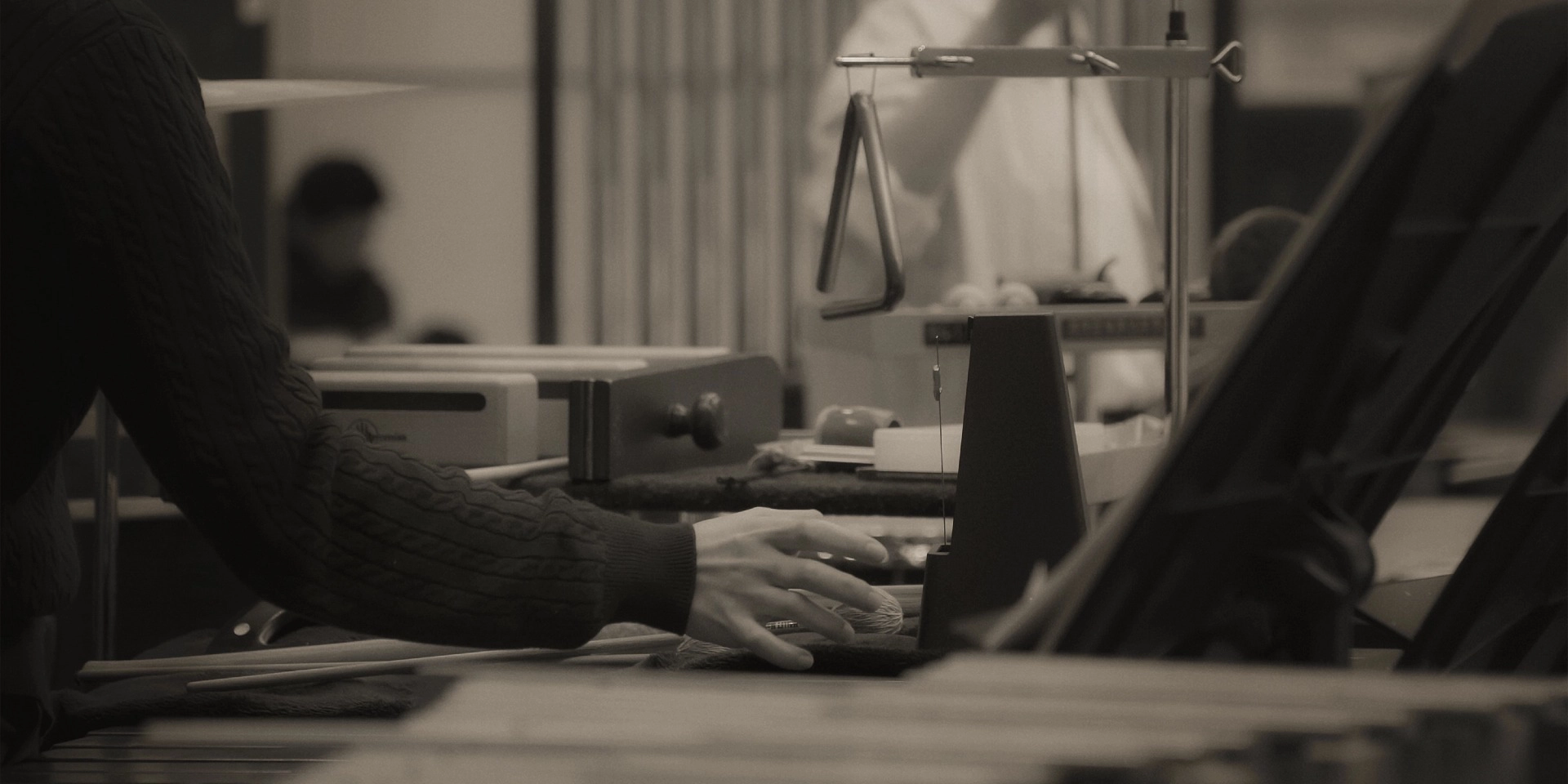title
“i want to go home.”
year of composition
2023/24
instrumentation
2(2=picc).2(2=ehrn).2(2=bcl).2(2=cbsn)-4.2.2.1-timp-perc(2):mar/scym/metronome/wblk/crt/slap/bd/tam/vib/sd/3tom/tbl-hp-str
duration
9'
program notes
This long journey begins with "i want to go home.", a work by Jaebong Rho that highlights modern tonal colors. While Rho addresses the realistic topics of an aging society and dementia, he goes beyond simple observation, delving deeply into the perspective of those who experience dementia firsthand.
Opening with piccolo and flute, the music gradually takes shape, until at its climax, the entire 'show' abruptly halts, leaving only the sound of a metronome. What follows is filled with dissonance and thick textures, as though one's head is shrouded in fog. Glissandos in the strings make the music increasingly faint.
At the moment when it seems the musical breath has been extinguished forever, the same piccolo and flute from the opening return. When we first heard them, we wondered if their sound was pleasing, but at the very moment the music seems to expire, their reappearance is overwhelmingly welcome. Yet this returning sound cannot be exactly as it was before. The metronome reenters almost immediately, prompting us to wonder where the piece will go next—or whether there is a 'next' at all. Then the music stops right there. Is time linear, or is it cyclical? It is as though "i want to go home." poses this question.
Aging is a topic that concerns all of us, yet it is difficult to discuss lightly, as there is no real way to experience it in advance. Without dialogue, however, no relationship can form. Scientist Donna Haraway once said, "Disease is relationship." Failing to recognize each other means no relationship exists, and thus no infection can occur. We remain locked within our own "situated knowledge," perpetuating our isolation. This is why Rho's musical invitation is so welcome. Now it is our turn to respond to the questions posed by "i want to go home."
by heeseng kye, musicologist
commissioned
by the korean national symphony orchestra
performance history
may 30, 2025 | seoul, south korea
korean national symphony orchestra
seunghyun baek · conductor
december 8, 2024 | sejong, south korea
korean national symphony orchestra
david reiland · conductor
december 7, 2024 | seoul, south korea
korean national symphony orchestra
david reiland · conductor
november 1, 2023 | seoul, south korea (reading session as part of knso composers' atelier)
korean national symphony orchestra
david reiland · conductor


